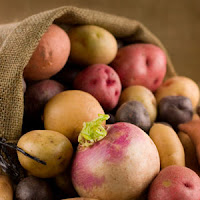What
is hyperkalemia? Hyperkalemia is
a condition in which you have excess potassium (k+) in your bloodstream.
Potassium
affects both muscle movements and electrical impulses, an excess can cause an
irregular heartbeat. In severe cases, your heartbeat may become slower and your
heart may begin to fibrillate --- to twitch without pumping blood.
In an
emergency situation, doctors may use calcium to stimulate cardiac contractions
and bring your heart muscle function back to normal.
Calcium, however, may
irritate or damage the veins around your heart.
Doctors usually choose calcium
gluconate because it is the most mild form of calcium and is less likely to
cause vascular damage.
In an acute situation, however, doctors may choose
calcium chloride--a more potent form of calcium--despite potential damage to
your veins.










